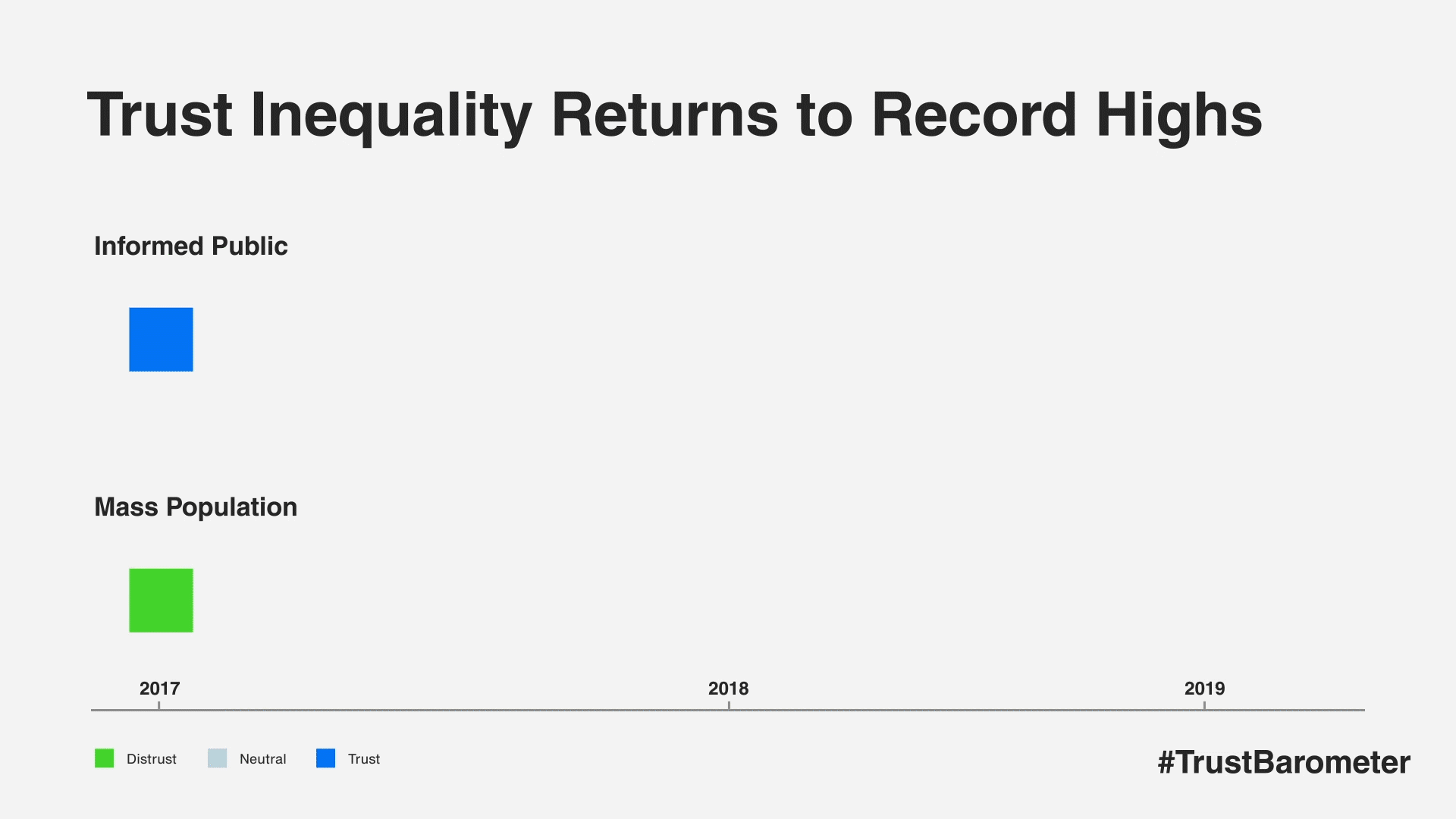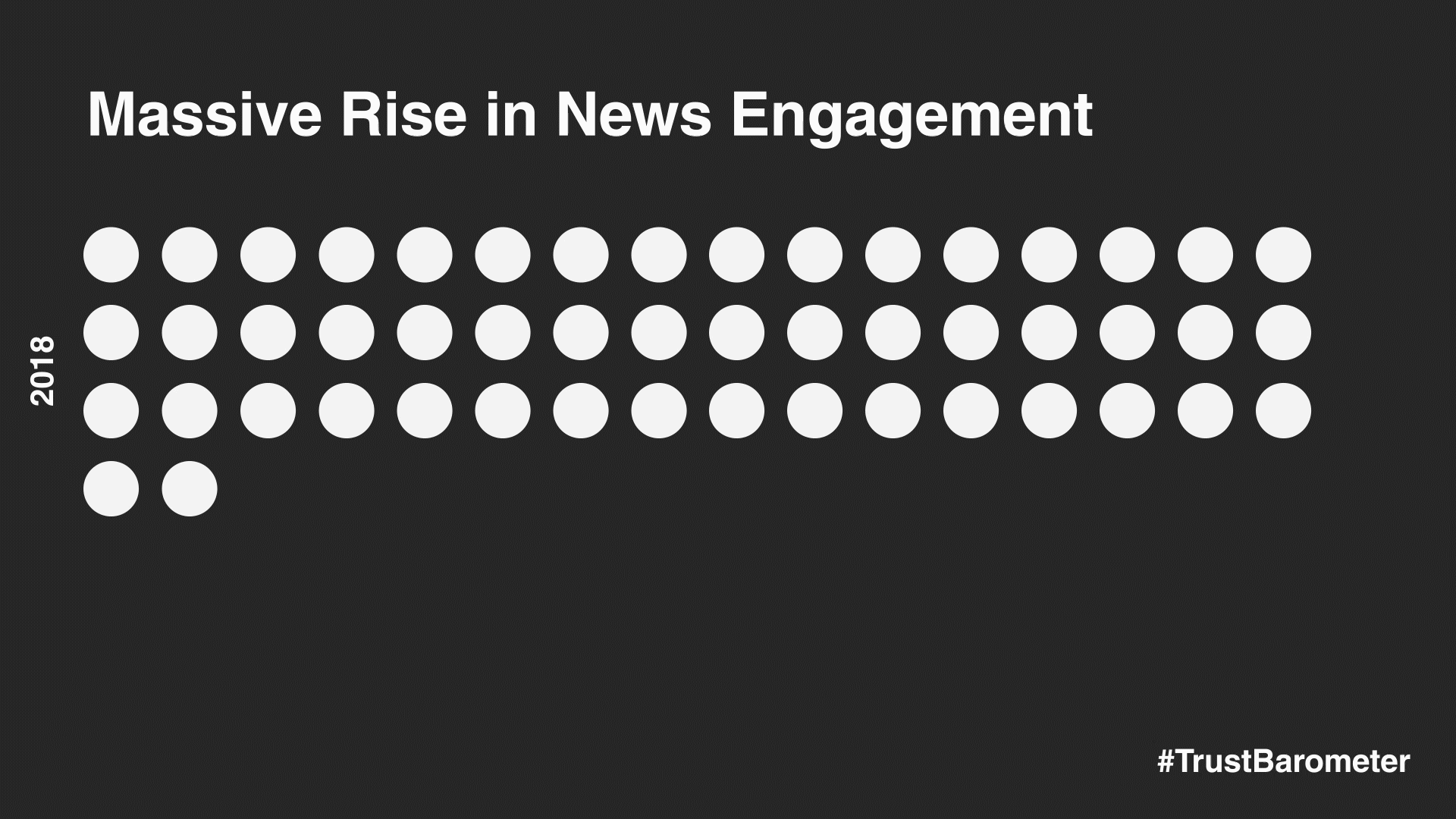Aarian Marshall at Wired: “A whole lifetime in New York City, and Christiana Ting didn’t realize just how many urgent care facilities there were until the app told her to start looking for them. “They were giving extra points for medical offices, and I found them, I think, on every block,” she says. “I’m not sure what that says about the neighborhood where I work.”
Ting was one of 761 New Yorkers who downloaded, played with, and occasionally became obsessed with an app called MapNYC this fall, vying for their share of an 8-bitcoin prize (worth about $50,000 at the time). The month-long contest, run by a new mapping startup called StreetCred, was really an experiment. StreetCred’s main research question: How do you convince regular people to build and verify mappingdata?
It turns out that the maps that guide you to the nearest Arby’s, or help your Lyft driver find your house, don’t just materialize. “I took mapping for granted until I started the competition,” Ting says, even though she pulls up Google Maps at least twice a day. “But it’s such an inconvenience if the info on the map is wrong, especially in a place like New York, that’s changing all the time.”
For regular folk, detailed, reliable mapping info is helpful. For businesses, it can be crucial. Some want to be found when a map user searches for the nearest sandwich shop. Others use products that rely on base maps—think Uber, the Weather Channel, your car’s navigation system—and require up-to-date location data. “One of the huge challenges to any geographic database is its currency,” says Renee Sieber, a geographer who studies participatory mapping at McGill University. That is to say, yesterday’s map is no good to anybody doing business today.
StreetCred sees that as an opportunity. “There’s a lot of companies, none of whom I can name, who have location data, and that data needs improvement,” says Randy Meech, CEO of the small startup. (Meech’s last open-source mapping company, a Samsung subsidiary called Mapzen, shut down in January.) Maybe a client found a data set online or purchased one from another company. Either way, it’s static, and that means it’s only a matter of time before it fails to represent reality.
Google Maps, the giant in this space, has created its extensive database through years of web scraping, Streetview roaming, purchasing and collecting satellite data, and both paying and asking volunteers to verify that the businesses it identifies are still in the same place. But the company doesn’t provide all of its specific location or “point of interest” data to developers—where that Thai restaurant is, or where the hiking trail starts, or where the hospital parking lot is located. When it and other mapping services like HERE Technologies, TomTom, and Foursquare do offer that intel, it can be pricey. StreetCred wants to make that info free for customers who don’t need that much data and cheaper for those that do….(More)”.


